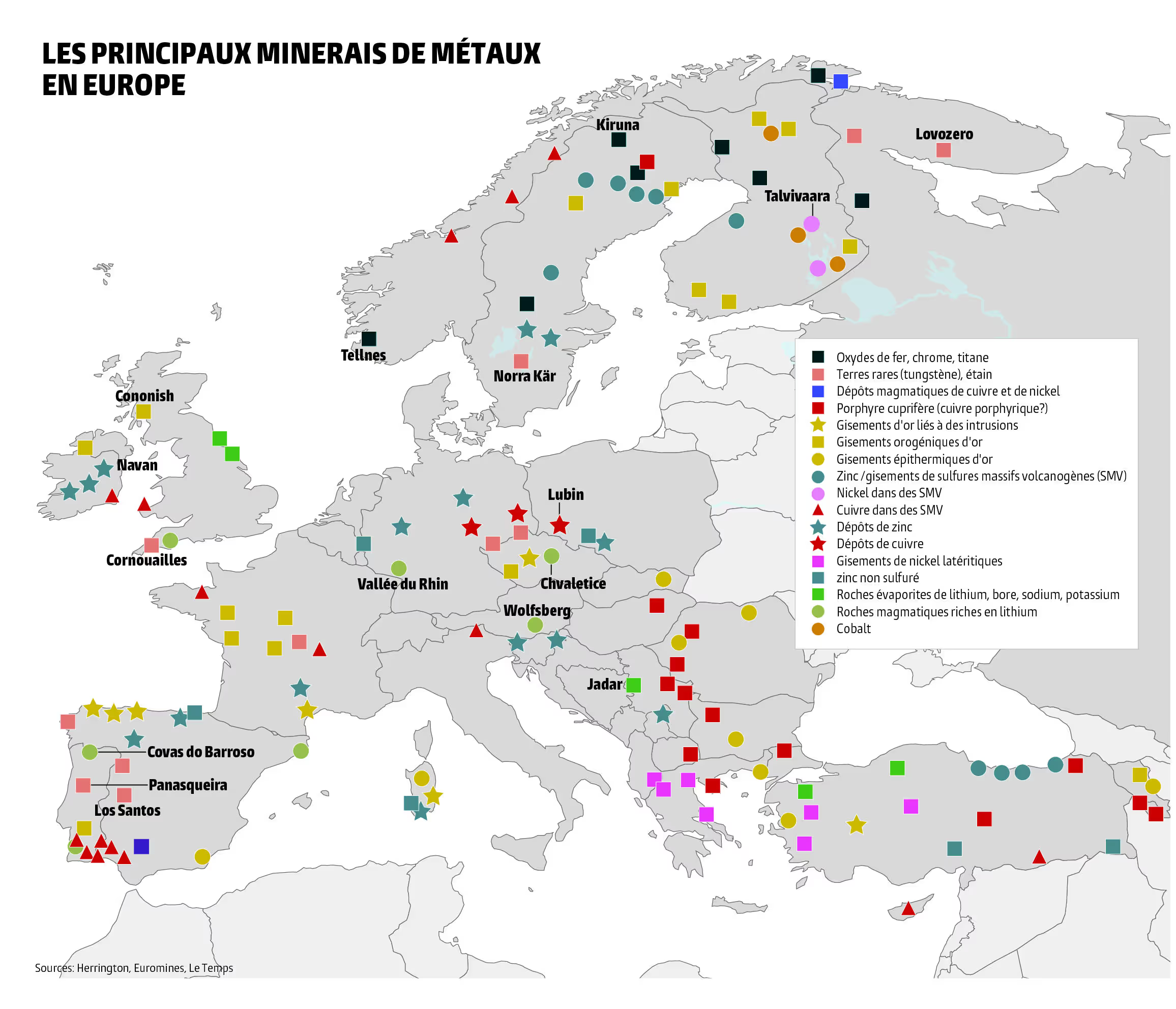In recent months, a new viral trend called NPC has appeared on the Chinese social network TikTok. It shows young women adopting robotic behaviors on demand. These practices caricaturally illustrate the stupidity, dehumanization and structural sexism on social networks.
The TikToker-NPC trend
You may have seen these viral videos go far beyond TikTok. It shows young women, in front of their cameras, repeating stereotypical expressions or performing ridiculous facial expressions and mechanical actions. In fact, they act like non-player characters (NPCs) - or Non-playable character (NPC) - in video games: these characters whose behavior is predetermined by a computer code that we encounter in video games. Unlike avatars guided by a controller by human players, NPCs are automated characters. They are mainly used to provide instructions to the player in the context of quests or to challenge them. Because their behavior is programmed, they are often very predictable, with a limited range of actions and words. TikTok NPC streamers imitate them, behave as if they were themselves “programmed” by the instructions of the live viewers.[1].
https://youtu.be/LqOZIaMBP8I
A trend exploiting the technical potential of TikTok
The NPC trend takes place in a specific TikTok environment: TikTok live. Recently added to the application, this feature allows you to create live videos and interact with your audience. People who attend the live can, via the function Tiping, send Gifts (“gifts” whose price varies greatly, from one cent and a half to several hundred euros) to interact with the content creator. These gifts are then convertible into a sum of money that makes up the bulk of the income of TikTok streamers. They also constitute instructions for the “artist”: in exchange for such Gift, and therefore of a certain remuneration, the NPJ streamer will have to instantly perform such a gesture or such mimic[2].
The low remuneration through the number of views and the financial valuation of these donations thus motivate content creators to attract Gifts. To do this, you have to arouse attention and interaction by engaging in performances that make people react: we thus tend to favor absurd, bizarre, even annoying content, to attract the audience and make them spend their money. Indeed, most contributors clearly do not take these performances seriously: the cat (live discussion thread) is full of mockery, ostentatious signs of astonishment, disillusioned and acidic remarks... But that's not the point: what counts for the TikTok entrepreneur is interaction! And it works: Pinkydoll, a leading figure in the NPC trend, claims to earn $7,000 a day, mostly by licking and mingling.” Ice Cream, So Good ” when someone offers him a Gift Ice cream cone (about 1.5 cents each)[3].
TikTok, a machine to degrade and dumb down
The NPC trend is obviously similar to a caricatural drift in the application. However, it is in reality the result of the intrinsic functioning of TikTok's algorithms, and more broadly of digital social networks as they are designed today.
First, the logic of remuneration through views — and more and more through interaction with the audience — pushes entrepreneurs in these networks, in a logic of profit, to sell themselves completely, even if it means putting themselves in danger or dehumanizing themselves.[4]. Some will notice that NPJ streamers, by imitating characters without their own will and with lustful facial expressions, recall the sexual content of Cam Girls[5], often subject to a “fetishism of control[6] ”. More generally, the sexualization of women seems to be a constant in these stream formats, regardless of whether it is endured.[7] or wanted[8]. This sexualization also applies to minors[9]. This wonderful global interconnected network that is the Internet is regularly illustrated when it comes to destroying bodies and minds in the merciless click race.[10].
The other side of the screen is no more enviable. TikTok is just the more advanced form of social networks and their mechanisms designed to create addiction among users. As is well known, these are applications designed specifically to stimulate dopamine secretion and make viewers dependent. Everything is designed in this sense: addictive design, multiple and varied contents, multiple and varied contents, infinite zapping to increase the time of use, in-depth study of user practices to adapt the offer, challenges, overuse of movement, viral music, repetition to stimulate the brain...[11] Objective: to make users “apathetic and satisfied”[12] ” so that they stay on the application as long as possible.
TikTok algorithms, yet another piece of technocrap
Contrary to what is sometimes said about TikTok and social networks in general, this is not an avoidable defect or a mistake by developers. In reality, this trend of generalized mindlessness is a systematic consequence of the digitization of our societies. These are inherent effects of these technologies; they are unavoidable. Social networks like TikTok are fundamentally structured by the need to increasingly absorb the attention of their users. Encouraged by the algorithm to generate interaction in order to earn money, creators are ultimately just complying with the technology. As for users, faced with the very sophisticated means of monitoring, management and stimulation that personalize and enhance their digital environment, it is extremely difficult for them to fight, to adopt virtuous practices resulting from individual and conscious reflection. To fight effectively against the “digital idiot factory”[13] ”, it is directly at the level of virtual environments that we must act[14]. Despite the company's recent marketing efforts, there is no hope that TikTok will become a sharing space that is beneficial to society and humanity in general. By definition, a digital social network is programmed to dumb down its users (and enrich its creators).
Finally, let's remember that the digital industry already emits 4% of global CO2 emissions and its energy consumption is increasing by 9% each year[15]. Necessary for the development of artificial intelligence, “a standard machine learning project today emits, during its entire development cycle, approximately 284 tons of CO2, or five times the emissions of a car from manufacture to scrapping.[16] ”. And we're not even talking about extractivism here. Metal mining is growing exponentially to support the expansion of digital technologies[17].







